There’s a lot of different actions that you can take to reduce your food waste. Composting at home is a great way to “upcycle” your scraps. And, if you have limited outdoor space and time, a Compost Smoothie could be the right option for you!
This post may contain affiliate links, which means I may earn a commission if you click a link and make a purchase. As an Amazon Associate, I earn from qualifying purchases.
This short post will give you all the information you need to start adding Compost Smoothies into your weekly routine.
Table of Contents
Why compost at home?
Composting for many people means dirty fingernails, a bad smell, worms, and huge piles of waste. The reality is that you can easily compost from home a lot quicker, easier, and cleaner than you thought. Here are some of the main reasons that everyone should start composting from home as soon as possible!
Reduce and Avoid Food Waste
There is far too much food waste happening all around the world. Every day perfectly good food is going off. And in many cases, food that is perfectly edible is being thrown out.
Food Waste Quick Facts
Here are a few key facts related to Global Food Waste:
- Approx 1.3 billion tonnes of food is wasted, globally, each year
- Around 30-40% of the food produced in the USA is wasted
- Huge volumes of land and water are used to create the food which is wasted each year
- The direct economic consequences of food wastage (excluding fish and seafood) run to the tune of $750 billion annually
- Food waste is filling up landfill
Create Zero Waste Kitchen
Is it really possible to have a Zero Waste Kitchen? This depends on you. Where you live, what you buy, and what you produce yourself.
Apart from the actual food waste, one of the most common pieces of kitchen trash include bin bags. Most households go through bin bags daily. And while we think these bags are containing our trash in a nice, neat bundle. Once the bags are tossed into a pile with other trash they split and tear. This causes small pieces of plastic bags to be exposed to wind and be blown into the natural world.
Composting your food waste at home reduces the need to put food scraps into plastic bin bags and therefore the need for bags at all!
>> Click here to learn more about plastic bag alternatives for garbage bins.
Food Scraps are a a valuable resource
Real food goes off. Natural decomposition is part of life’s ongoing cycle. But in the natural world, nothing is wasted.
As one plant or fruit lays on the ground it breaks down into the soil and feeds the worms which in turn keeps the soil fertile and provides the perfect platform for a new plant to grow.
Food is a natural fertilizer
If you are an indoor plant lover or home gardening enthusiast, one of the main reasons to compost your food scraps is for their fertilizing benefits!
Most store-bought fertilizers contain the three primary plant nutrients:
- Nitrogen (N) – fuels new plant growth
- Phosphorus (P) – stimulates root growth
- Potassium (K) – helps plants move water, nutrients, and carbohydrates around the system
More fertiliser is not always better
Many store-bought fertilizers are made with synthetic ingredients at high percentages. And in the case of fertilizing your plants, more is not necessarily better. It’s possible to overstimulate.
On large-scale farms, excess fertilizers can runoff into waterways and disturb the natural balance of rivers/streams.
Fertilizer is not food. Plants make their own food through photosynthesis (sunlight). Think of fertilizer as a vitamin supplement you might take in addition to your food.
Compost Smoothie “Recipes” (Method)
There are two main types of Compost Smoothies for home use:
- Soil Compost Smoothie (for potted plants with soil or your garden)
- Liquid Compost Smoothie (for cuttings or water-based plants in)
Soil Compost Smoothie “Recipe” Method
It’s not so much a recipe as it is a method, because everyone will have different food scraps decaying at different rates. The main thing to consider is what kind of scraps are best for soil composting and the ratio of scraps to water.
1. Separate Your Organic Waste
The first step to composting your food waste is to separate your organic waste. Generally speaking, you should avoid the following: meats, bones, fish, dairy & oil.
These can create odor issues/attract unwanted rodents/flies.
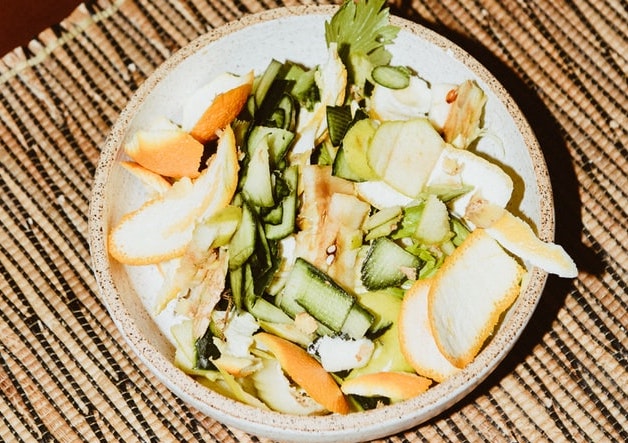
2. Store Your Organic Waste in the Fridge or Countertop Compost Bin
You can store your food scraps in a container in the fridge (this helps to prevent odor) or in a countertop compost bin. These come in a range of styles and sizes, but you should choose one that comes with a replaceable activated-charcoal filter as it will naturally control the odors.
>> Click here for an example Kitchen Countertop Compost Bin
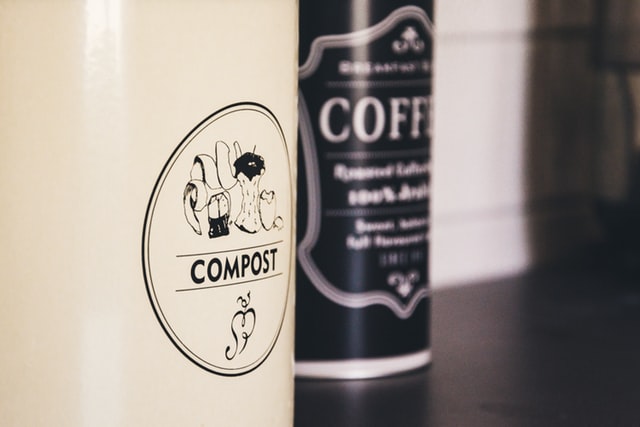
3. Use a Blender to Make your Compost Smoothie
When you are ready to use your compost, fill your blender 1/4 with food waste, and 3/4 water. This will ensure your compost juice isn’t too thick. Things like banana peels, and carrots, should be cut up. Eggshells can be blended too.
4. Dig the compost into the soil
Dig a small hole next to or around your plants and pour the compost into it. Once in, bury it. Don’t cover the leaves or the plant itself as it can impact the ability to absorb sunlight. Burying the mixture can stop unwanted fly and rodent issues.
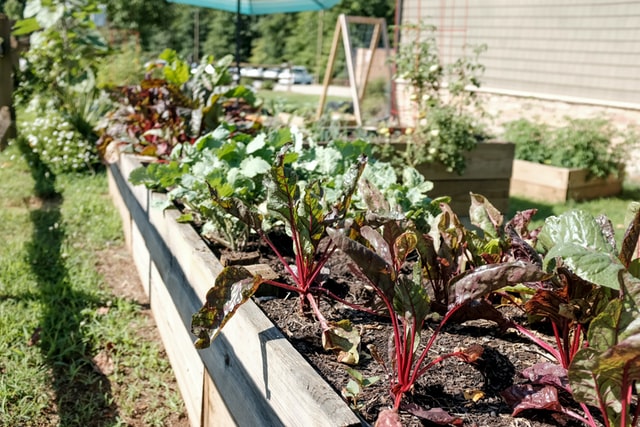
Kitchen Tools
Have these kitchen tools handy to make your compost smoothie:
Liquid Compost Smoothie “Recipe” (Method)
Indoor plants can grow successfully in water (depending on the plant). They do however need some kind of nutrients. These come from liquid fertilizer.
Instead of buying store-bought brands, you can make your own at home using these easy tips.
1. Soak Food Scraps in Water
Soak food scraps in water for a few days. It’s best to use a jar that you can seal to stop the odour attracting flies.
Banana peels are a great source of potassium and green/leafy vegetables are a good source of nitrogen and phosphorus.
2. Use a small amount of compost liquid in your plant bowl/jar
You don’t need to use much in your plant water (to prevent the water from going green and turning into an algae mess). Use approximately 1 tablespoon of liquid compost per liter quart).
Want to compost but don’t want to make a compost smoothie?
One of our favourite new appliances is an electric kitchen composter. They are a super convenient and sustainable way to reduce food waste in your home. Churning through your food waste in 3-5 hours, they transform food scraps into compost. Our two favourite electric composters are the Lomi electric kitchen composter and the Vitamix Food Cycler.
What to do with the rest of the compost?
If you have a yard or space you can easily set up a self-sustaining compost.
For a family or household of four people, a typical roadside bin (240litre /60gallon) is big enough to keep the compost decomposing, with the first batch of compost being ready to use in the garden within two weeks.
If you don’t have space, but do have food scraps
If you’re making more food scraps that you can keep up within your potted plants then you can do a couple of things:
- Ask friends that you have if they want the scraps for their own gardens
- Take the scraps to a community garden or farm
You can find people/organizations looking to take food scraps at the website ShareWaste.com.
Like This Article? Pin it!
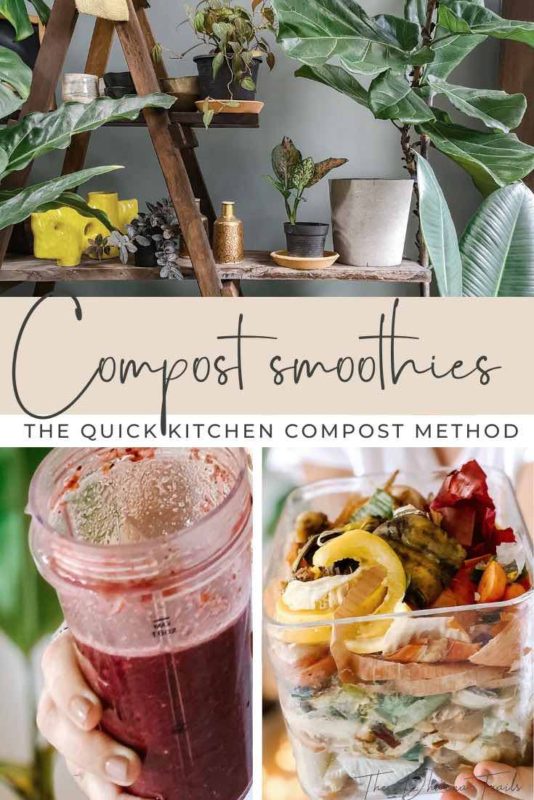
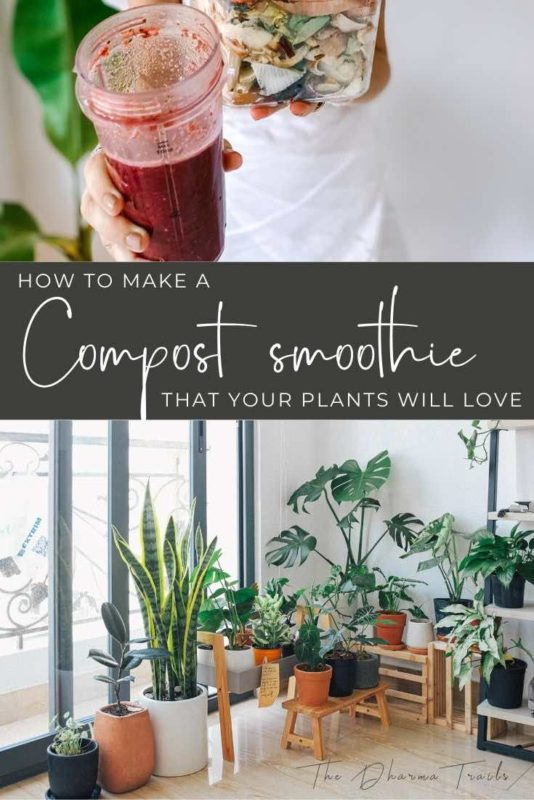


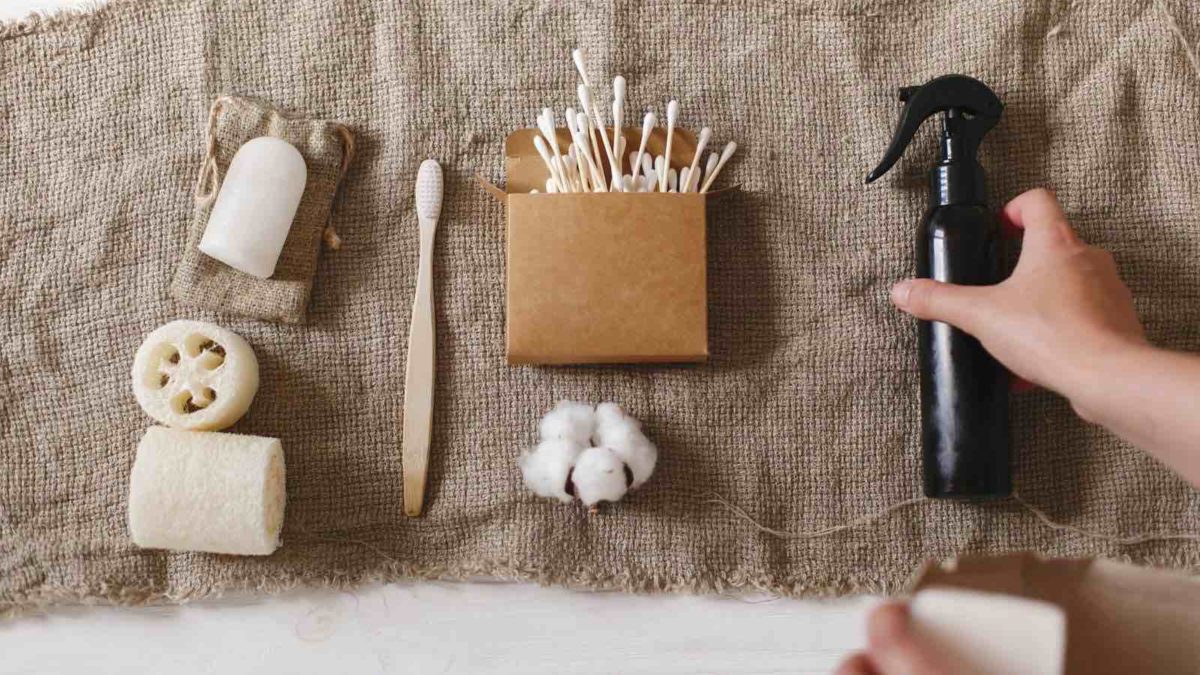

Where has this blog post been all my life! This is exactly what I needed to read. After years of composting, I’ve been really disappointed to not be composting in my current apartment. But this is the perfect middle ground 🙂 I will start doing this today. If it’s okay with you, I will also share this as a backlink on my blog: https://writingfromnowhere.com/
Hey! Thanks for the comment. We’re in a small space now too so it’s a great composting compromise. I hope it is successful for you too! Going to check out your blog now 🙂